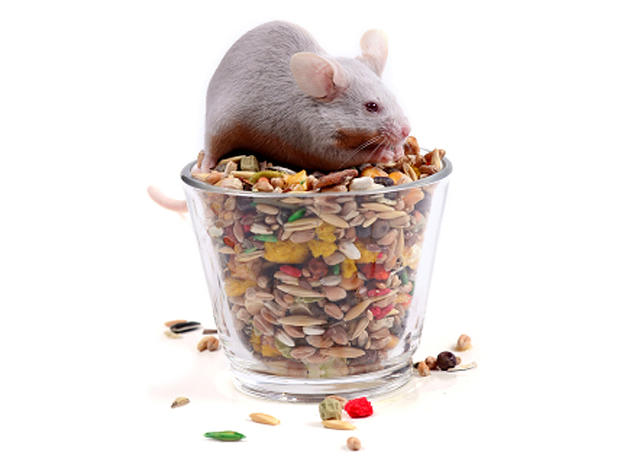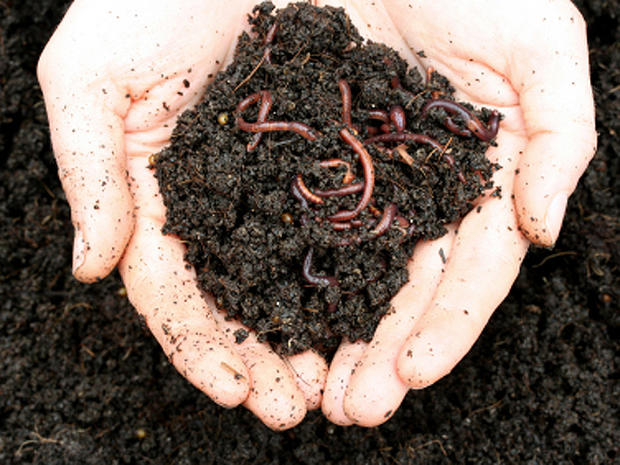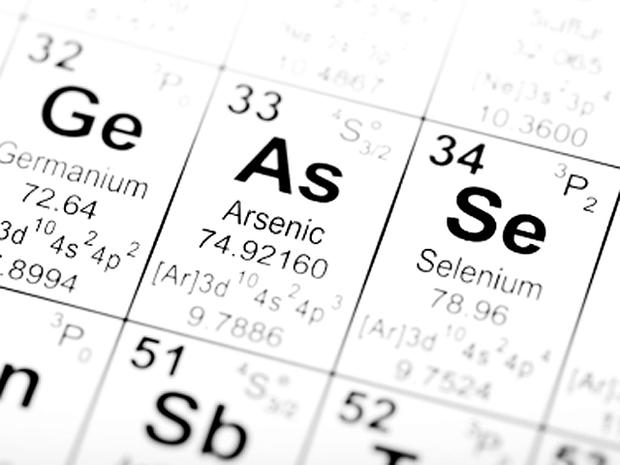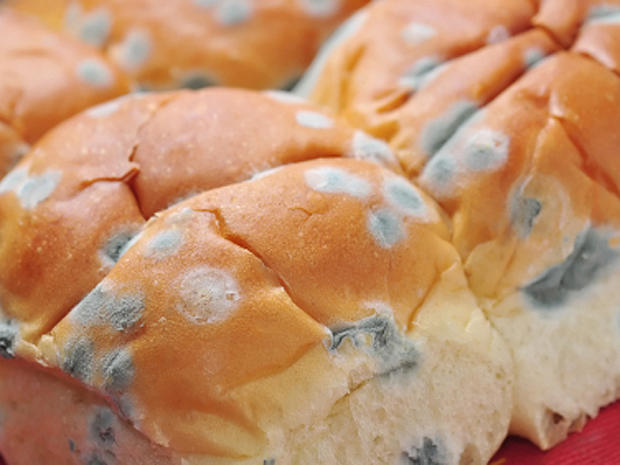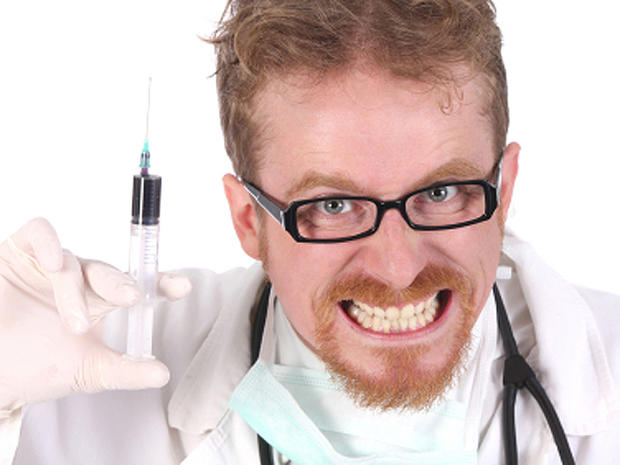15 Most Bizarre Medical Treatments Ever
Here are the 15 grossest, most bizarre treatments of all time, as described in a fascinating new book, Why You Should Store Your Farts in a Jar, by David Haviland.
Dead Mouse Paste
Egyptians weren't the only ones big on mouse cures. In Elizabethan England, one remedy for warts was to cut a mouse in half and apply it to the offending spot. (The Elizabethans also ate mice - fried or baked in pies.) Mice were also used to treat whooping cough, measles, smallpox, and bed-wetting. Eek!
Sheep Liver Diagnosis
In Mesopotamia (modern-day Iraq), practitioners made judgments not by inspecting the patient but by examining the livers of sacrificed sheep.
At the time, the liver was thought to be the source of human blood, and hence the source of life itself. Clay models of sheep livers date back as far as 2050 B.C. Talk about medicine gone baaad!
Hemiglossectomy
Hemiglossectomy is still used today, but as a treatment for oral cancer. And now it's done under general anesthesia, which wasn't the case back in the day.
And pain was only one problem. The treatment didn't work, and some patients bled to death.
Crocodile Dung
Other contraceptive "pessaries" used back in the day included tree sap, lemon halves, cotton, wool, sea sponges, and elephant dung.
Clysters
They were particularly fashionable from the 17th through the 19th centuries. Wealthy people used them to treat constipation (which enemas can help) as well as a variety of other complaints, for which they are useless.
A typical clyster might contain warm water mixed with salt, baking soda, or soap. Some doctors added coffee, bran, herbs, honey, or chamomile to the mix.
In high society, enemas became enormously popular, with aristocratic hypochondriacs taking several scented enemas a day. During his time on the throne, Louis XIV of France is said to have had more than 2,000 enemas.
Talk about the seat of power.
Powder of Sympathy
The powder was intended as a treatment for a very specific injury: rapier wounds. It was made of earthworms, pigs' brains, iron oxide (rust), and bits of mummified corpses, ground into a powder. The powder was applied not to the wound itself but to the offending weapon.
Digby thought that the strange concoction would somehow encourage the wound itself to heal - via a process called "sympathetic magic."
Arsenic
Another arsenic-containing patent medicine, Donovan's Solution, was used to treat arthritis and diabetes. Victorian women also used arsenic as a cosmetic.
Moldy Bread
Snake Oil
Snake oil seems to have been brought to America by Chinese laborers who worked on the Transcontinental Railroad. This was backbreaking work, and the laborers are thought to have rubbed the oil on their aching joints.
We know today that snakes are a rich source of eicosapentaenoic acid (EPA) an omega-3 fatty acid that has anti-inflammatory properties.
Urine Diagnosis
Sounds scientific, but it really amounted to nothing more than having a look at the patient's urine. In fact, holding a flask of urine against the light was as much a symbol of medicine in medieval times as a white coat and stethoscope are today.
Some patients delivered a sample in person, while others simply sent the doc a sample. Doctors would observe the urine's smell, consistency - and even its taste.
Vin Mariani
Vin Mariani, as the brew was known, was a hit - perhaps not surprising, as coca leaves contain cocaine.
Ads claimed the drink was endorsed by 8,000 doctors and was ideal for "overworked men, delicate women, and sickly children." It was enjoyed by Thomas Edison, Queen Victoria, the Czar of Russia, Pope Saint Pius X, and Pope Leo XIII, who even appeared in an ad for the tonic and awarded it a gold medal.
Vin Mariani sold briskly in the U.S., where it helped inspire a certain John S. Pemberton to come up with a similar product. It was called Coca-Cola.
Crystal Meth
As one observer remarked, the injections helped keep Hitler "fresh, alert, active, and immediately ready for the day...cheerful, talkative, physically active and tending to stay awake long hours into the night."
Albert Speer considered the Furher's crystal meth addiction one reason for his rigid tactics in the later stages of World War II, when he would refuse to allow troops to retreat even under the most dire circumstances.
Paraffin Wax
Paraffin was also injected into women's breasts, in an early attempt at breast augmentation. But the practice fell out of favor - and for good reason. It caused formation of hard, painful lumps known as paraffinomas.
Goat Testicles
The surgery had no scientific merit and was extremely dangerous. Many patients died.
Farts in a Jar
Some urged people to keep goats in the home. Others recommended flatulence stored in jars. Each time the deadly pestilence appeared in the neighborhood, people were to open the jars and take a whiff.
Sounds funny now, but the plague was no joke. Between 1348 and 1350, it killed 30 to 60 percent of Europe's population.
The stinky jars didn't help.

